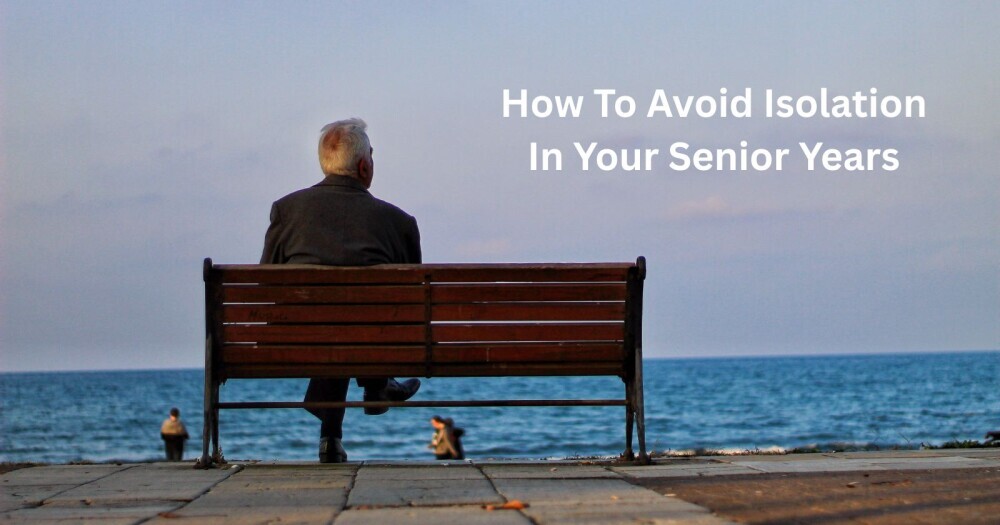Let’s look at how to avoid isolation and loneliness in your senior years.
It is a sad reality, but seniors who suffer from social isolation are affected by increased risk factors of early death and experiencing a lower quality of life during their senior years.
In many cases, there is simply no one around to notice someone in need of help. They are also more likely to fail to eat or take their medicine, thus increasing the risk of harm to their health.

How To Avoid Isolation In Your Senior Years
The Consequences Of Isolation and Loneliness
During natural disasters, one of the largest at-risk groups is the elderly. While they may appear to be coping well in life, they don’t have a built-up reserve to handle the effects of a natural disaster.
For many seniors, the only thing that uncovers isolation is a medical crisis. The elderly contingent is increasingly reliant on neighbors, friends, and family, and if they don’t have anyone to rely on then they are at great risk of isolation.
The elderly who come under this umbrella are high risk for hospitalization and often they become too frail to manage their daily lives efficiently. There are many health risks to isolation including an inability to handle rehabilitation exercises due to a lack of balance or frailty.
Additionally, as mentioned above, there is a risk of taking medications incorrectly, falls, poor diet choices, and a lack of exercise.
There is a greater risk of developing a chronic illness when suffering from isolation, as well as an increased risk of depression. Mental health issues already shrink a person’s world, but when paired with existing isolation the problem can be devastating. With isolation and depression comes a decline in cognitive abilities, boredom, and thus an increased risk of dementia.
There are a number of factors that increase the risk of isolation, including living alone, the loss of a close friend or family member, retirement, taking over the caregiving role of a parent, a low income, rural living, language barriers, or living in an unsafe location.
Bridging The Divide
One of the easiest ways for older people to stay connected with the world around them is through digital means. The internet can provide social networking with friends and loved ones, as well as an opportunity to meet new people. It also offers games and activities that can stimulate the brain and stave off boredom.
There are also organizations that pair elderly members of the community with a younger person who can show them the ropes of using a mobile device and teach them how to find the information they want.

We have a growing dependence on technology and it is truly part of life now, so if you don’t have access to it then you are at a disadvantage. Younger people teaching the elderly how to operate the likes of Facebook provides older people a lifeline.
Of course, there are also charities that visit the elderly to ensure those living alone don’t fall prey to isolation.
Social Connections
There are steps you can take now before you get to a point of crisis. You should have a plan for retirement and be building a social network now. Many people decide that moving to the country or choosing a warmer climate is a great idea for retirement, but this does increase the risk of isolation. Therefore, if your plan is to move start thinking ahead about your social connections and what steps you can take to ensure you have a strong network where you are going.
Join in with community groups and seek out conversation wherever possible. You can take a class, join a charity, volunteer at a homeless shelter, or take up a new hobby that gets you out there with people. Support is key in how to avoid isolation.

